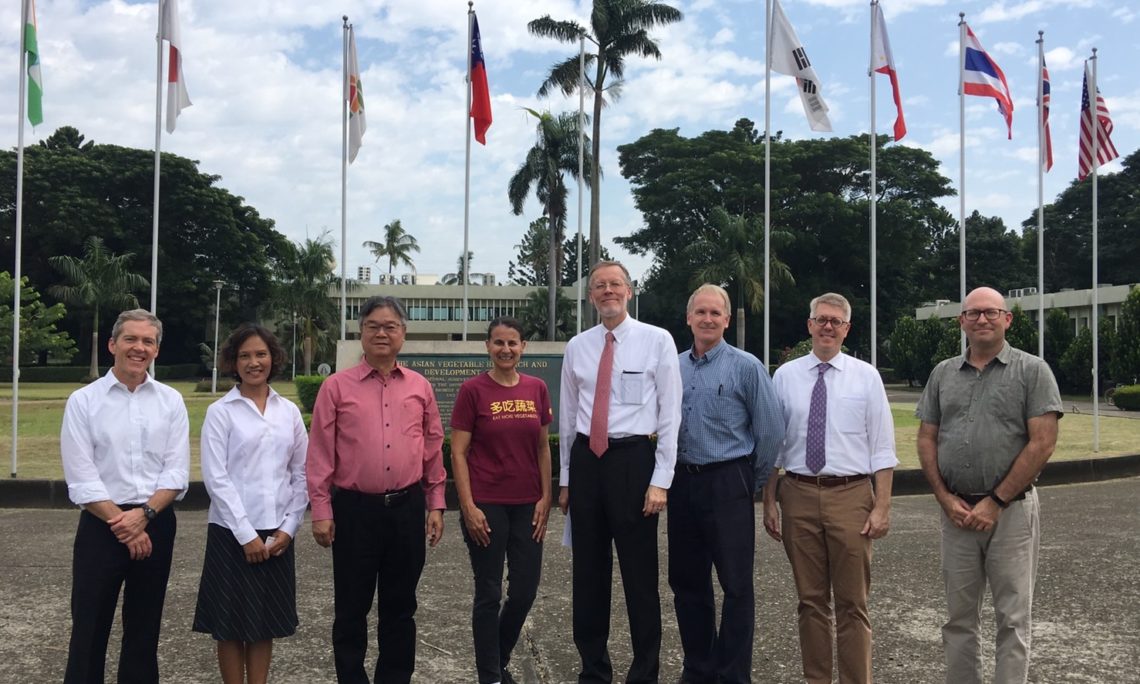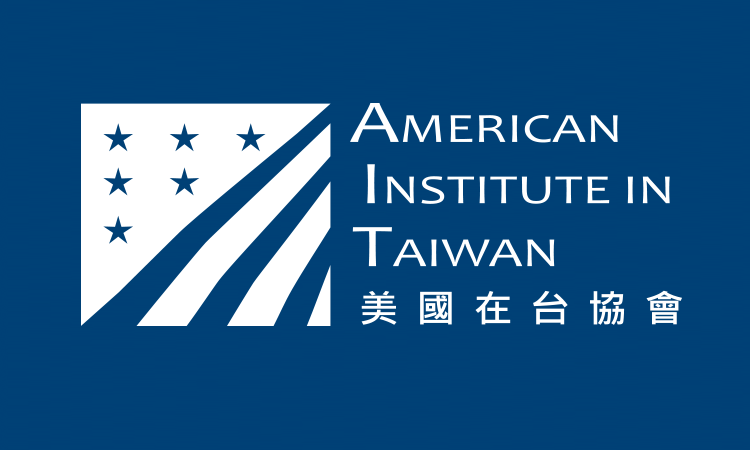OT-1976
October 23, 2019
Remarks by AIT Director W. Brent Christensen at AVRDC
October 23, 2019
(As Prepared for Delivery)
It is a great pleasure for me to visit the World Vegetable Center. The United States and the World Vegetable Center – AVRDC, have a long history together. At AVRDC’s founding, the United States was there. We were one of seven signatories to the Memorandum of Understanding that established the Center in 1971.
The development of AVRDC mirrors the burgeoning agricultural relations between Taiwan and the United States. In the early years, Taiwan was a recipient of food aid and horticultural research grants. Food security was a big concern. Today, due to investments in advanced horticultural and plant breeding techniques, Taiwan is a provider of expertise in the area of horticultural and vegetable crops across the planet. For example, Taiwan now shares its knowledge and experience through its South Bound Initiative.
AVRDC is a global treasure and force for good that too few know about. The experts at AVRDC are active in helping countries across the world deal with both scientific and market issues related to vegetables. The United States is happy to collaborate with AVRDC through the U.S. Agency for International Development as a project donor.
We support AVRDC’s strategy of using vegetables to positively impact health and livelihoods. We share this focus on nutrition and healthy diets, sustainable supply chains, and continuing to improve the productivity and genetic diversity of vegetables.
Being here at AVRDC reminds me of how profoundly we are all impacted by food and agriculture. In fact, as part of the AIT@40 celebration of the establishment of the American Institute in Taiwan, we have designated October as Food and Beverage Month. All this month, we are highlighting our long-standing cooperation with Taiwan in agriculture and the vibrant exchanges we enjoy in food culture.
Finally, I was so happy to plant a tree at AVRDC today because it symbolizes AVRDC’s dedication to serving mankind, as well as its longstanding positive relationship with the United States. I am proud of this collaboration, and I want to thank AVRDC scientists and staff for their work, which benefits so many across the globe.
Thank you.
















![Video Thumbnail [Recovered]-01](../wp-content/uploads/sites/269/Video-Thumbnail-Recovered-01-1-750x450.jpg)






